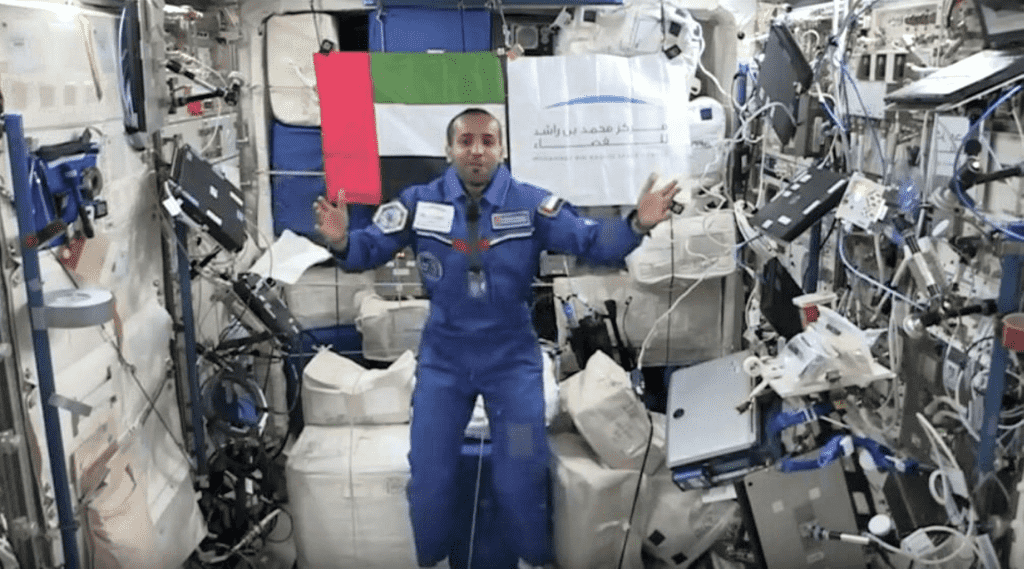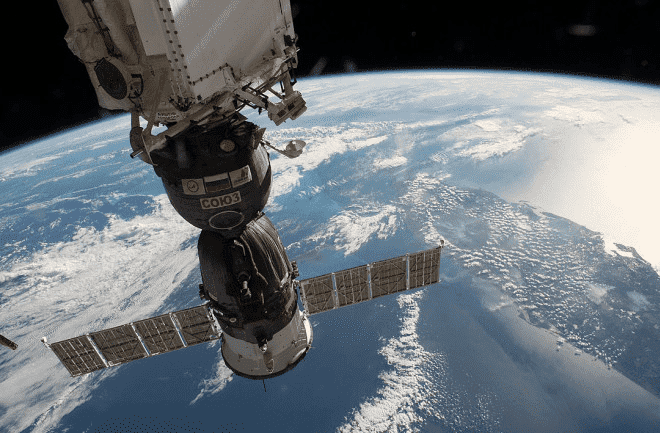According to the recent reports released by NASA, the International Space Station (ISS) had to perform a collision avoidance maneuver by firing its thrusters in order to avoid Russian space debris. It has been reported that for about five minutes and five seconds, the space station was continuously firing thrusters, and this recent happening illustrates the increasing amount of space debris in orbit. The space agency states that it always remains vigilant in performing such avoidance maneuvers, and as per reports, the ISS usually performs this rotation once every year. However, seeing the prevailing situation, there is a likelihood that the space agency might plan to increase the rate of its maneuvers of the space station.

It should be noted that the space station performed the maneuver at 8:25 p.m. ET on Monday, October 24, and this resulted in taking up the ISS altitude within the range of 0.2 and 0.8 miles. NASA projected out the concerns by saying that had they not performed the maneuver, the Russian space debris would have entered within the 3 miles of the space station. Not only this, back in 2021, Russia conducted an anti-satellite weapon test and as a result of this, around 1,500 fragments of debris fell into orbit and the act has been strongly condemned by U.S officials who called it a “reckless” test.

In addition to this, China was also criticized when its Long March 5 rocket produced space debris which would eventually be regarded as “dangerous” fragments because it had the probability to fall into the populated regions on Earth. Hence, to cater to all these issues, NASA along with the U.S Department of Defense deploy the use of highly sophisticated instruments i.e., global Space Surveillance Network (SSN) sensors in order to navigate and keep track of any serious threats coming from space debris. And this is the reason that the ISS has successfully conducted an avoidance maneuver by navigating the potential threat.

To that end, space debris is a very serious concern for future prospects and, regarding the situation, NASA said, “There are roughly 25,000 pieces of debris larger than 10 cm in orbit and approximately 500,000 pieces measuring between 1 cm and 10 cm in diameter. These pieces of debris travel through orbit at the speed of bullets—flying at up to 33,000 mph.”


